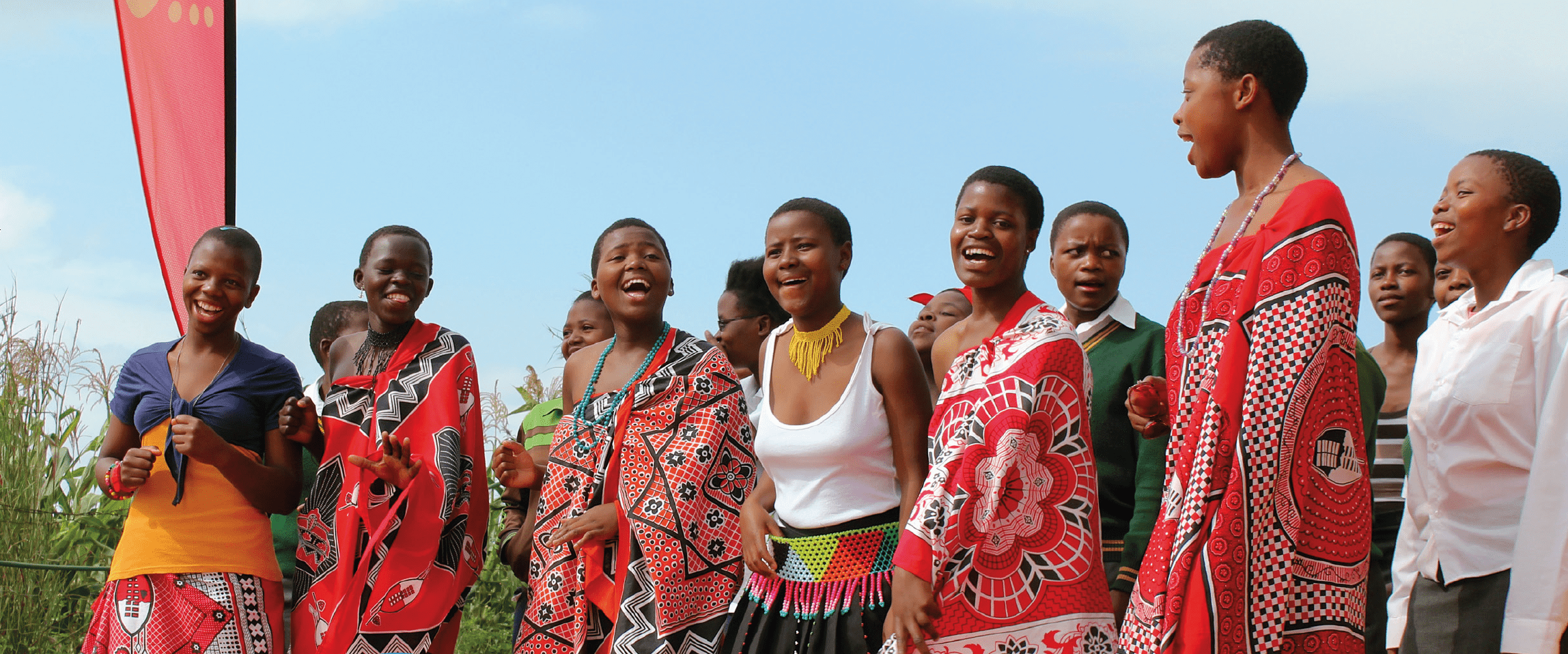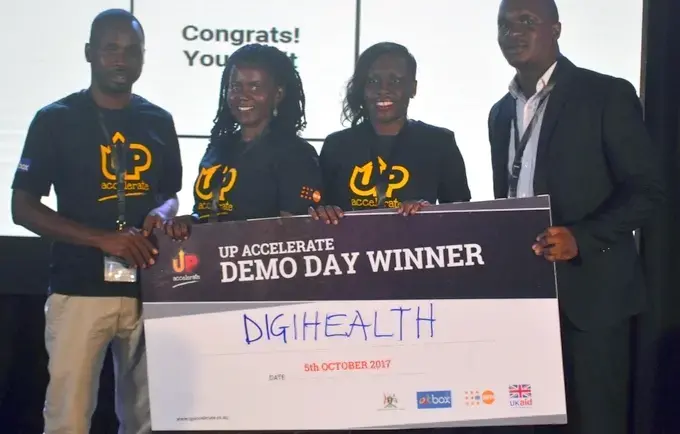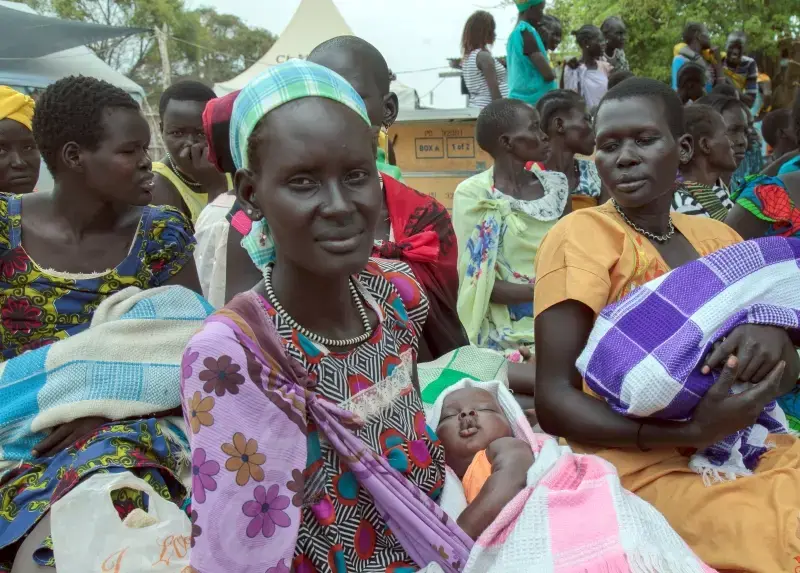Swaziland – Traditional leaders hold significant power when it comes to realizing young people’s sexual and reproductive health rights. Yet many traditional communities in rural Swaziland have resisted public discussion of ‘taboo’ topic,s such as sexual- and gender-based violence and the HIV epidemic, especially regarding young people.
UNFPA, the United Nations Population Fund’s Safeguard Young People (SYP) programme has been engaging traditional leaders in 13 chiefdoms in the Shiselweni region of Swaziland to help change these often harmful taboos. Working with implementing partners, including Khulisa Umntfwana and the Swaziland National Youth Council, UNFPA held discussions with chiefs and other local leaders to introduce the plans and promised to emphasize the importance of local leaders in creating a long-term, sustainable impact.
Thanks to the SYP programme's sensitization and evidence-based advocacy, largely grounded in Swaziland’s National Youth Policy, chiefs are increasingly understanding the proactive role they can play in creating supportive services and structures that ensure the survival of their constituents, especially young people. They have largely re-evaluated their preference for abstinence-only education.
We have high youth unemployment and high teenage pregnancy. We need to scale up the programme so our young people can have a good future with good opportunities.
Using traditional ceremonies to reach youth
“We appreciate the Safeguard Young People Programme. We have high youth unemployment and high teenage pregnancy,” said Mr. Obed, a traditional leader in Shiselweni. “We need to scale up the programme so our young people can have a good future with good opportunities.”
SYP uses traditional ceremonies as an entry point for reaching young people with messages related to their sexual and reproductive health. It highlights the positive aspects of traditional practices – shared culture and history, and solidarity among girls working together – while engaging traditional leaders to address harmful cultural aspects. In particular, UNFPA uses the Reed Dance for mass outreach as part of national effort to combat HIV and AIDS.
Since traditional leaders have been engaged by the SYP programme, increasing numbers of young people have learnt about issues related to their sexual and reproductive health.
We would like to replicate SYP in three other regions because we have already seen such success with our young people.
Petros Dlamini, from the Swaziland National Youth Council, emphasizes that working through traditional structures has ensured that UNFPA is community based and community owned. He already sees the potential for scaling up.
"As a council, we would like to replicate the Safeguard Young People Programme in Swaziland’s three other regions because we have already seen such success with our young people," he said.
About the Safeguard Young People programme
With funding from the Swiss Agency for Development and Cooperation, the UNFPA East and Southern Africa Regional Office has implemented the Safeguard Young People programme in Botswana, Lesotho, Malawi, Namibia, Swaziland, South Africa, Zambia and Zimbabwe. The programme displays bold leadership and strategic action to ensure young people’s healthy and successful transition to adulthood.
The goal of SYP is to improve the sexual and reproductive health status of young people aged 10 to 24 years by the end of 2019. SYP adopts a multi-sectoral approach that addresses the youth population holistically, in their diverse and complex environments, with an emphasis on transforming the gender dynamics that marginalize and harm young women.




